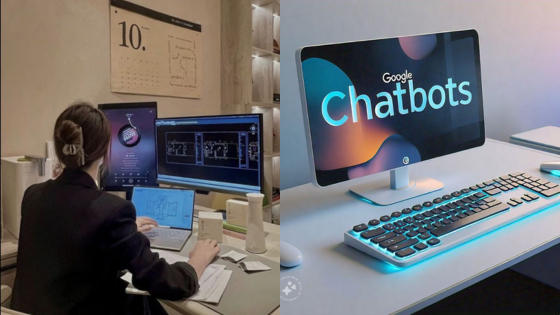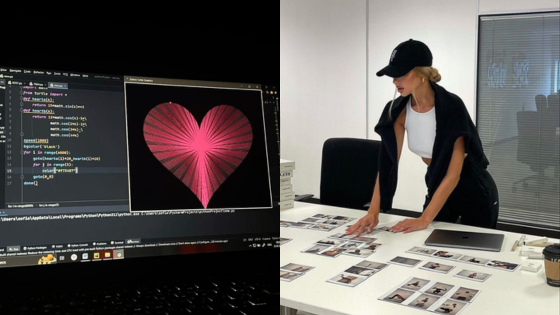Creating merchandise that truly represents your brand can be a transformative experience. Successful merch design involves understanding your identity, knowing your audience, and focusing on quality. Whether you’re launching a new product line or enhancing your existing offerings, thoughtful design can significantly boost your brand’s visibility.
You need to consider various elements, including design fundamentals, product selection, and the platforms you choose for production. Balancing creativity and practical execution will ensure your merchandise resonates with consumers. Engaging marketing strategies and collaborations can further amplify your reach, making your merch not just a product, but a statement.
With the right approach, you can turn your ideas into compelling merchandise that stands out in a crowded market. Your brand can become synonymous with quality and creativity, attracting loyal customers who appreciate your vision.
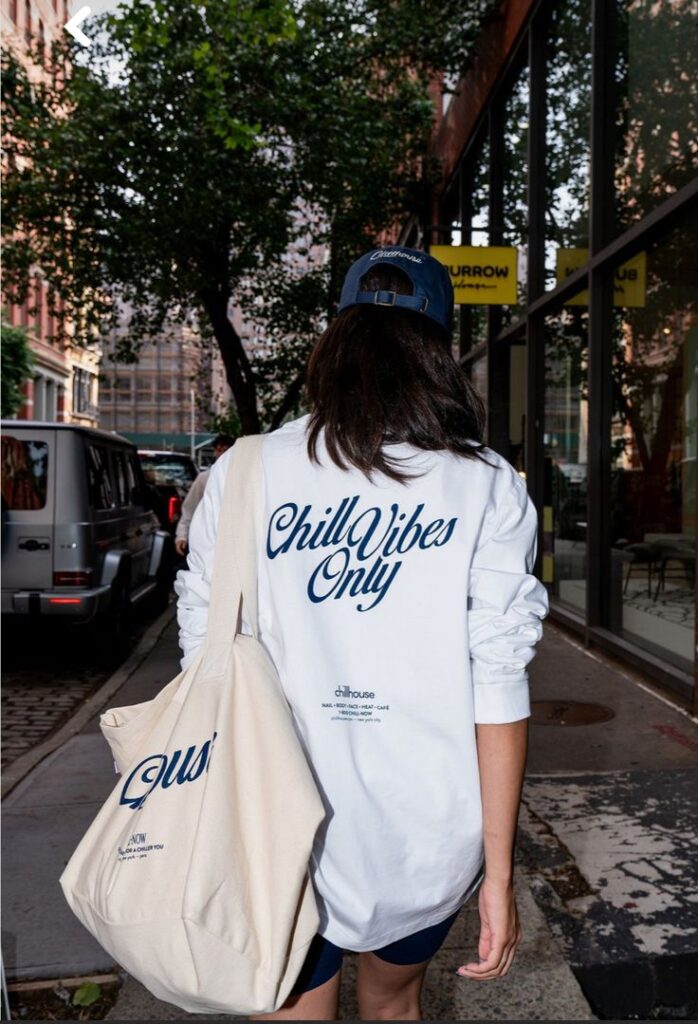
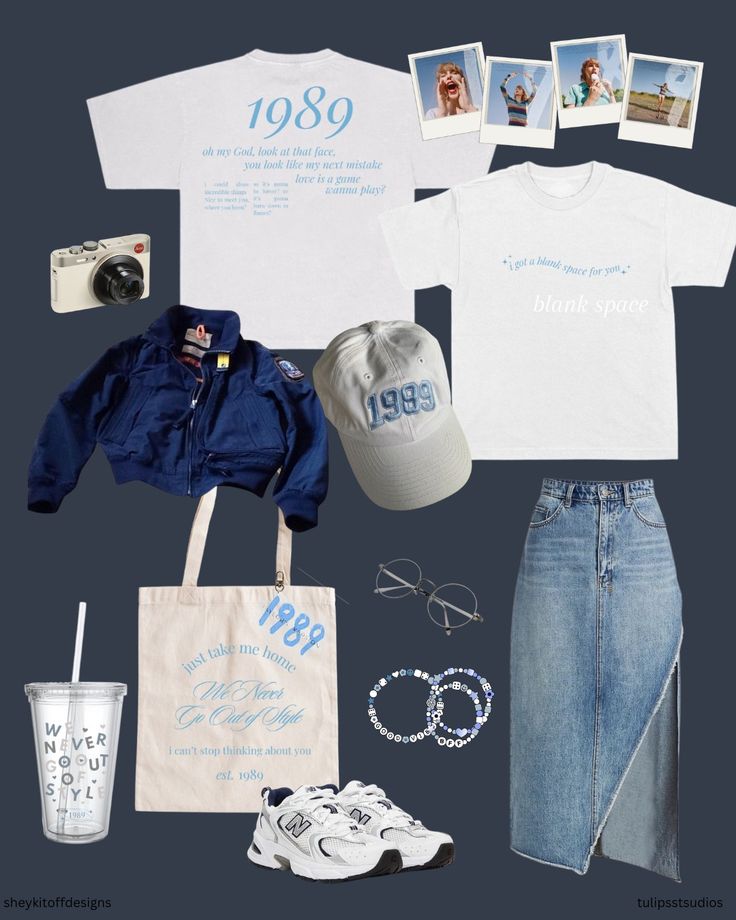
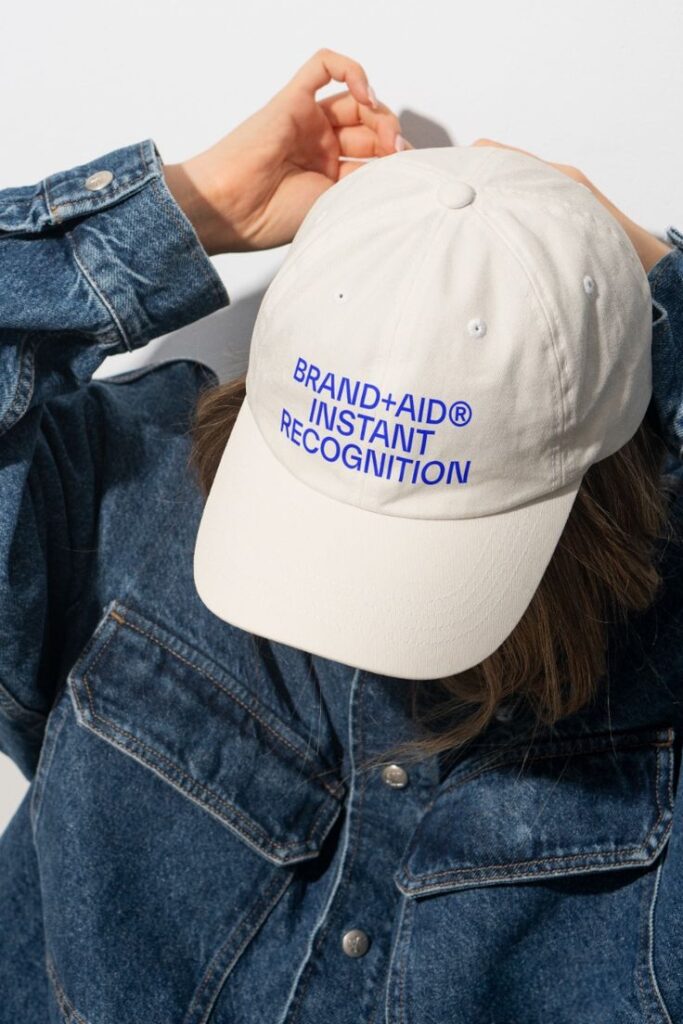
Key Takeaways
- Understand your brand identity before starting the design process.
- Focus on quality and relevance when selecting products for your merch.
- Utilize effective marketing strategies to boost visibility and sales.
Understanding Your Brand
To create effective merchandise, you must first grasp the essence of your brand. This involves crafting a strong brand identity and pinpointing your target audience along with your mission.
Developing Brand Identity
Your brand identity is the visual and emotional representation of your business. This includes your logo, color palette, typography, and imagery, all of which convey your brand’s personality.
Key Elements:
- Logo: A simple, recognizable symbol that encapsulates your brand.
- Color Palette: Choose colors that reflect your brand’s mood and values.
- Typography: Consistent font styles can enhance recognition and appeal.
When these elements align, they create an overall aesthetic that promotes your brand effectively. Consistency across all platforms is essential for establishing trust and recognition.
Defining Target Audience and Mission
Identifying your target audience is critical for designing merchandise that resonates. Analyze demographic factors like age, gender, and interests to connect with your audience personally. Use surveys or social media insights for a clearer picture.
Your mission statement should articulate your brand’s purpose and values. A strong mission helps in guiding design choices and maintaining focus.
Considerations:
- Mission Statement: Clearly define what your brand stands for.
- Customer Insights: Gather feedback to refine your approach and product offerings.
By understanding these components, you can create merchandise that not only looks good but also aligns seamlessly with your brand’s message.
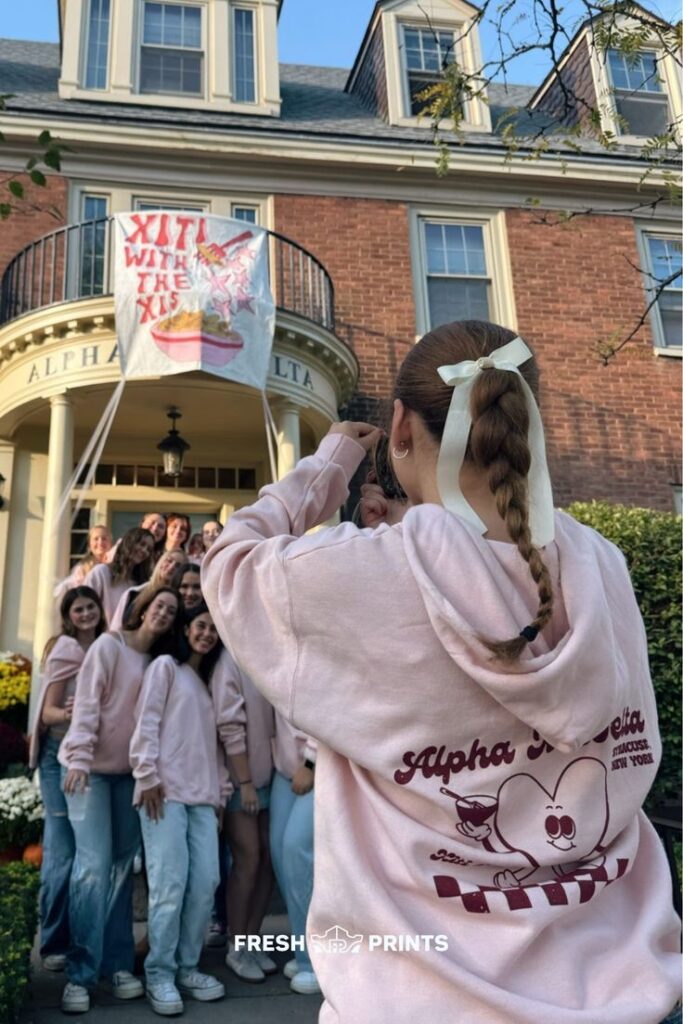
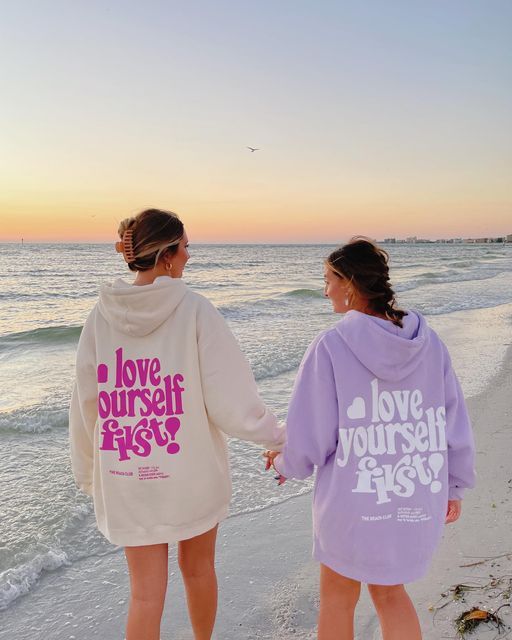
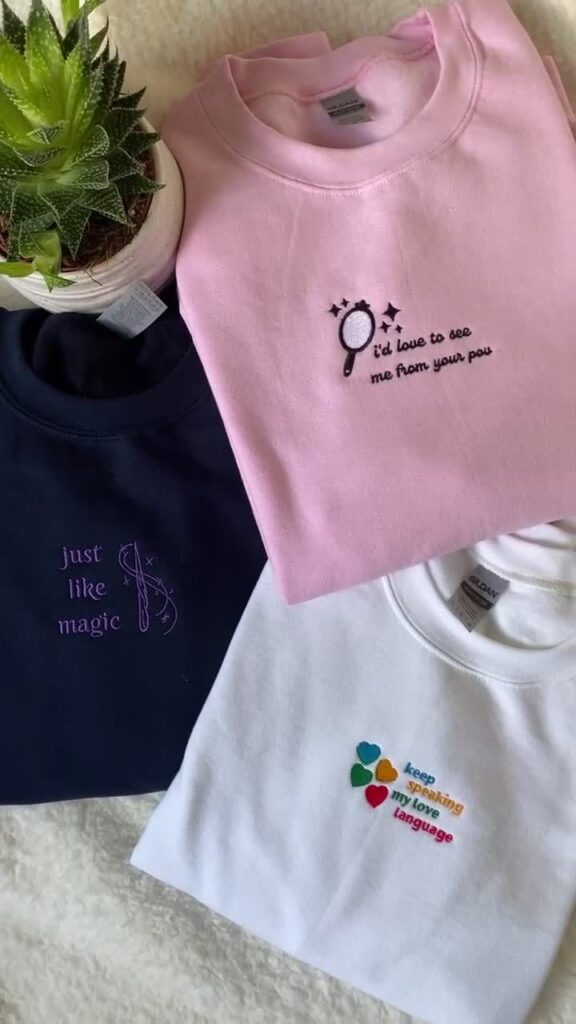
Design Fundamentals
Effective design is vital for merchandise creation. Key elements include color psychology, typography, and graphic design. Each plays a critical role in creating products that resonate with your audience.
Incorporating Color Psychology
Color influences emotions and behaviors. It’s essential to choose hues that align with your brand’s identity and message. For instance, blue evokes trust, red signifies excitement, and green represents growth.
When selecting colors, consider your target audience. A youthful demographic might respond well to vibrant colors, while a more mature audience may prefer muted tones. Tools like the color wheel can help you understand complementary and contrasting colors, enhancing visual appeal.
Creating a cohesive palette is crucial. Limit your selection to three primary colors and one or two accent shades. This consistency strengthens brand recognition and consumer connection.
Typography and Logo Creation
Typography is more than just text; it communicates your brand’s personality. Choose fonts that reflect your message. Sans-serif fonts convey modernity, while serif fonts suggest tradition.
Legibility is paramount. Ensure that the chosen typeface is clear, especially for merchandise viewed from a distance. Pairing fonts can add interest; typically, use one font for headlines and another for body text.
Your logo is a central element of your brand identity. Upload your logo in high-resolution formats for clarity. Test different sizes and placements on products to see what works best. A versatile logo can enhance your merchandise across various platforms.
Creative Graphic Design
Graphic design integrates visuals and communication. Focus on creating unique concepts that represent your brand effectively. Research current design trends, but ensure your designs remain distinct.
Utilize design software like Adobe Illustrator or Canva to craft appealing graphics. Experiment with layouts, shapes, and images to capture attention. Balance is essential: avoid clutter while ensuring the design is engaging.
Consider the printing method. Different processes, from screen printing to embroidery, can affect the final appearance. A well-thought-out graphic will translate effectively across various merchandise types, ensuring quality and consistency.
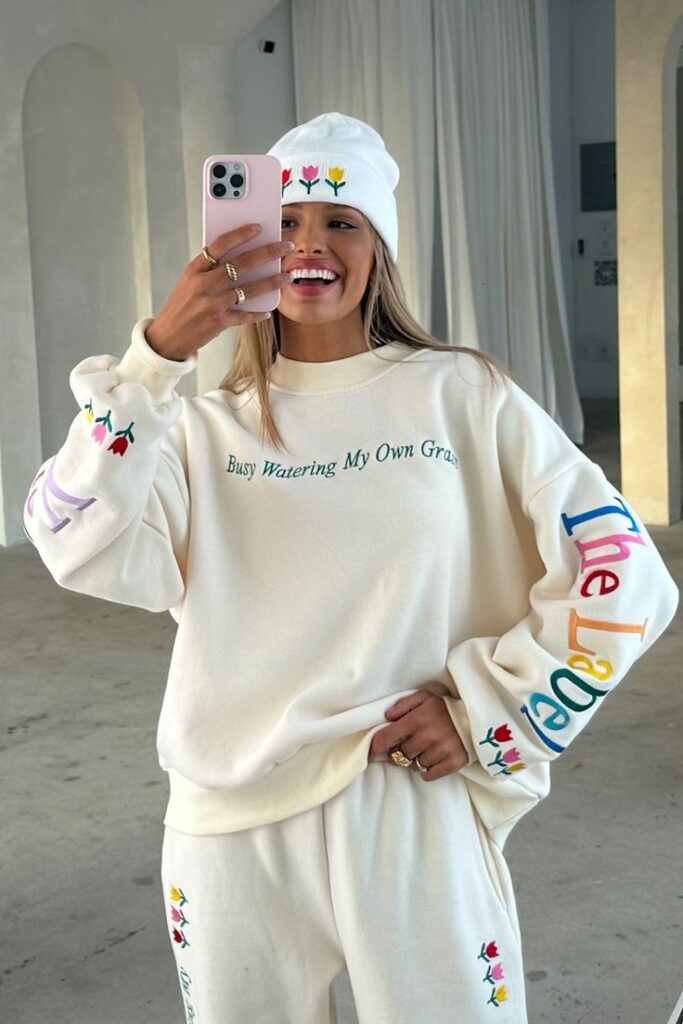
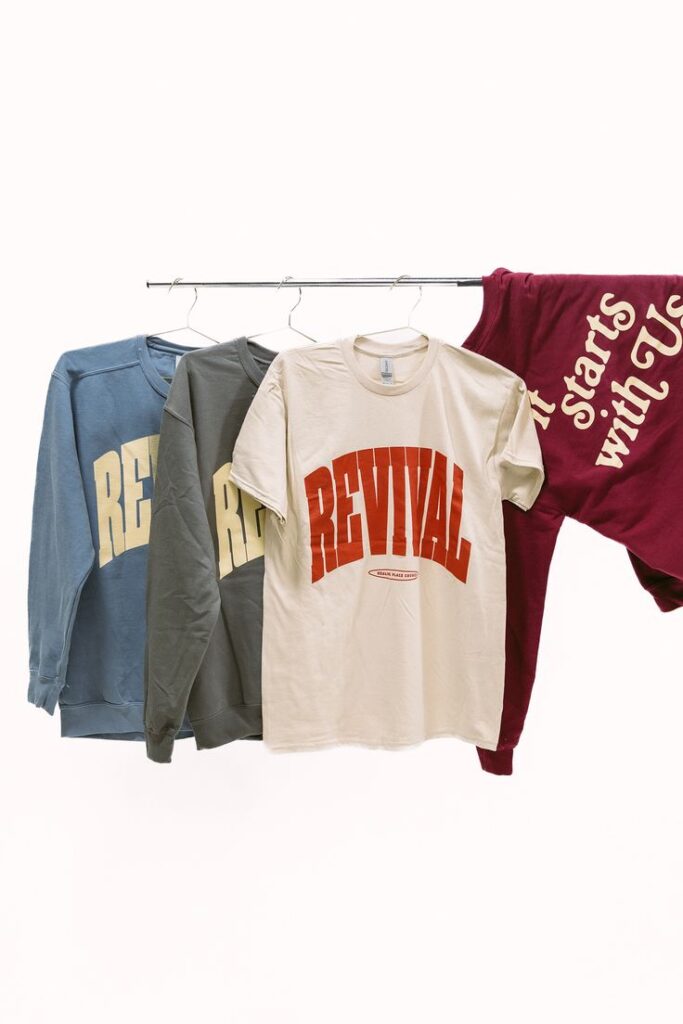

Merchandise Creation Platforms
Creating merchandise involves utilizing platforms that simplify the design process and streamline production. Two prominent options are Canva for design creation and print-on-demand services for easy fulfillment.
Utilizing Canva for Design
Canva is a versatile design tool that allows you to create high-quality visuals for your merchandise. It offers a wide range of templates tailored for various products, including t-shirts, mugs, and posters.
You can easily customize designs with millions of graphics, fonts, and images. The drag-and-drop interface is intuitive, making it suitable for both beginners and experienced designers.
With Canva Print, you can take your creations directly to production. This eliminates the hassle of exporting files to other platforms. You can create mockups to visualize the final product before committing to it.
Exploring Print-on-Demand Services
Print-on-demand (POD) services let you sell custom products without upfront inventory costs. You design your items, and the platform handles printing and shipping.
Popular POD services include Printful, Teespring, and Redbubble. They integrate seamlessly with e-commerce platforms, allowing you to set up your online store quickly.
Each service typically offers a wide range of products, from clothing to home decor. You can also choose the printing methods, ensuring quality and durability.
With POD, you only pay for products after a sale is made, reducing financial risk. This approach is especially beneficial for independent creators and small businesses.
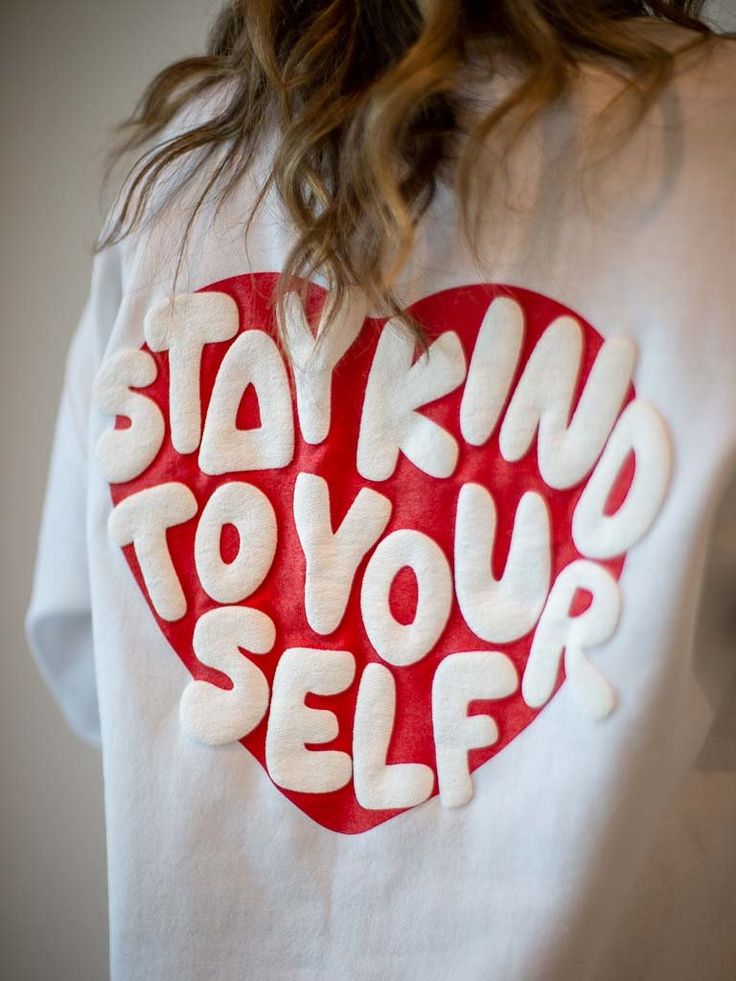

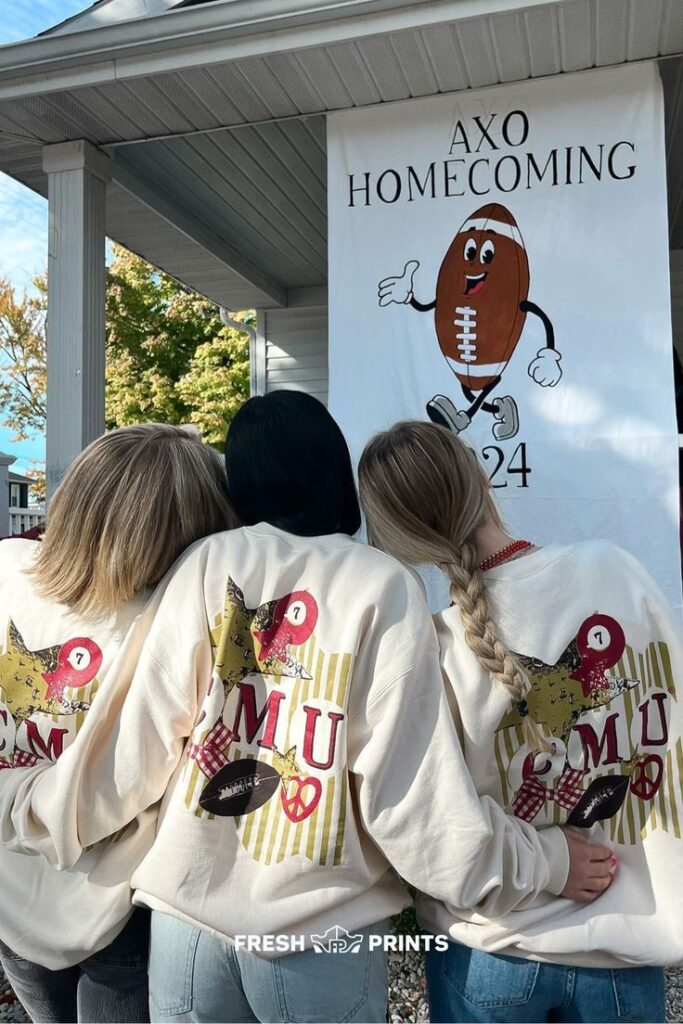
Product Selection and Merch Design
Selecting the right products for your merch line is crucial for meeting customer preferences and maximizing sales. Thoughtful design tailored to each product type enhances appeal and functionality.
Choosing the Right Products
When deciding on products, consider items that resonate with your target audience. Popular choices include:
- T-shirts: Versatile and popular for every demographic.
- Hoodies: Ideal for colder climates and offer a casual, trendy look.
- Mugs: Great for daily use and can highlight distinctive designs.
- Tote Bags: Eco-friendly and functional, suitable for various occasions.
- Phone Cases: High-demand items that personalize everyday accessories.
Evaluate quality and durability. High-quality products leave a lasting impression and encourage repeat purchases. Offering custom products can also attract a broader audience, allowing customers to create personalized items that reflect their style.
Designing for Different Merch Items
Design varies significantly across different merchandise types. When it comes to t-shirt printing, focus on bold graphics and clear messaging to maximize visibility. Consider mockups to visualize how your designs will appear on fabric.
For mugs, think about the size and placement of your design. Ensure that it looks appealing from various angles, as people often hold mugs while viewing them.
Hoodies benefit from larger prints or unique designs that stand out in casual settings. Tote bags should have designs that are eye-catching yet not overly complicated to maintain a clean look.
Phone cases allow for creative freedom; intricate designs can attract attention, but ensure they remain practical. Each item requires a thoughtful approach to design that reflects its use and market appeal.
For brands looking to diversify their merchandise beyond apparel, exploring beverage packaging can be a creative and profitable route. Offering products like customized labels for beer cans allows you to extend your brand presence into events, parties, or promotional giveaways. These labels not only make your brand more memorable but also provide a tactile, consumable experience that customers associate with celebration and lifestyle.
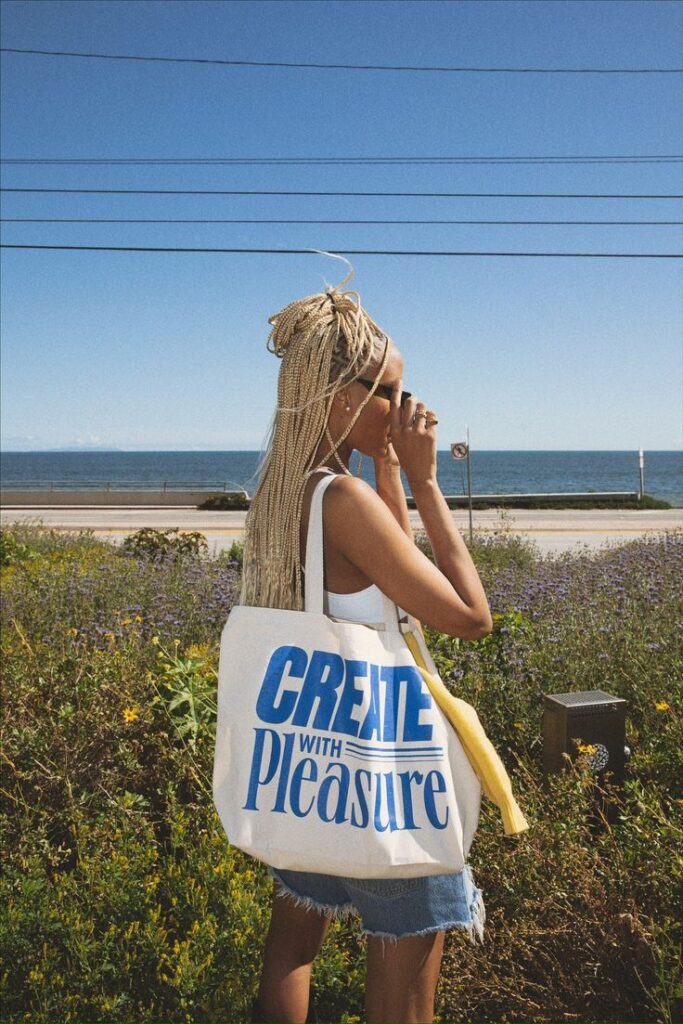
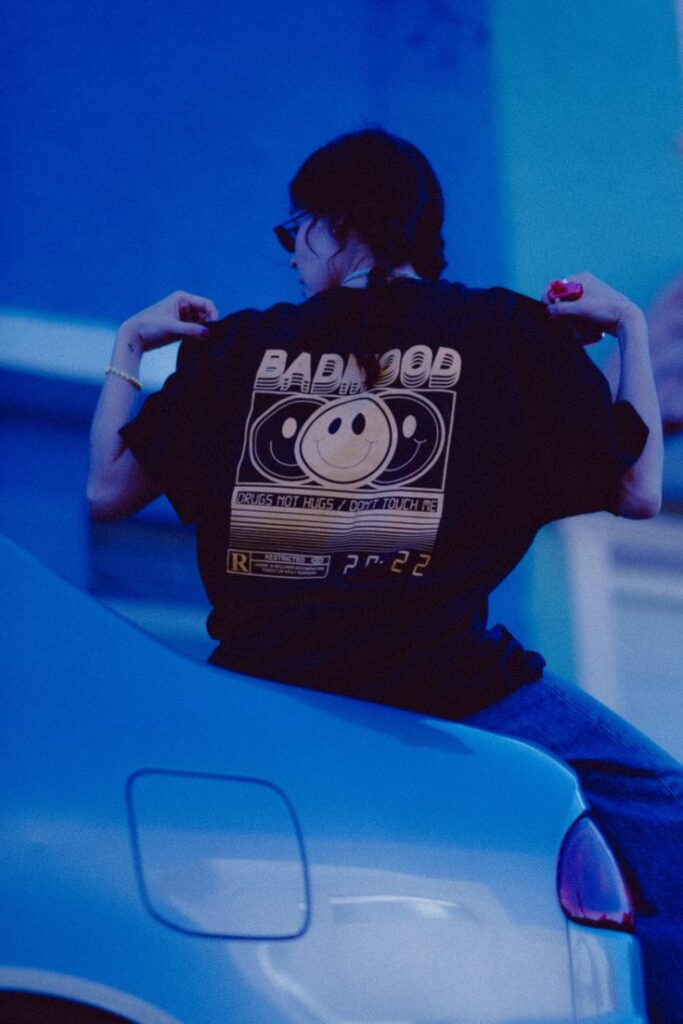
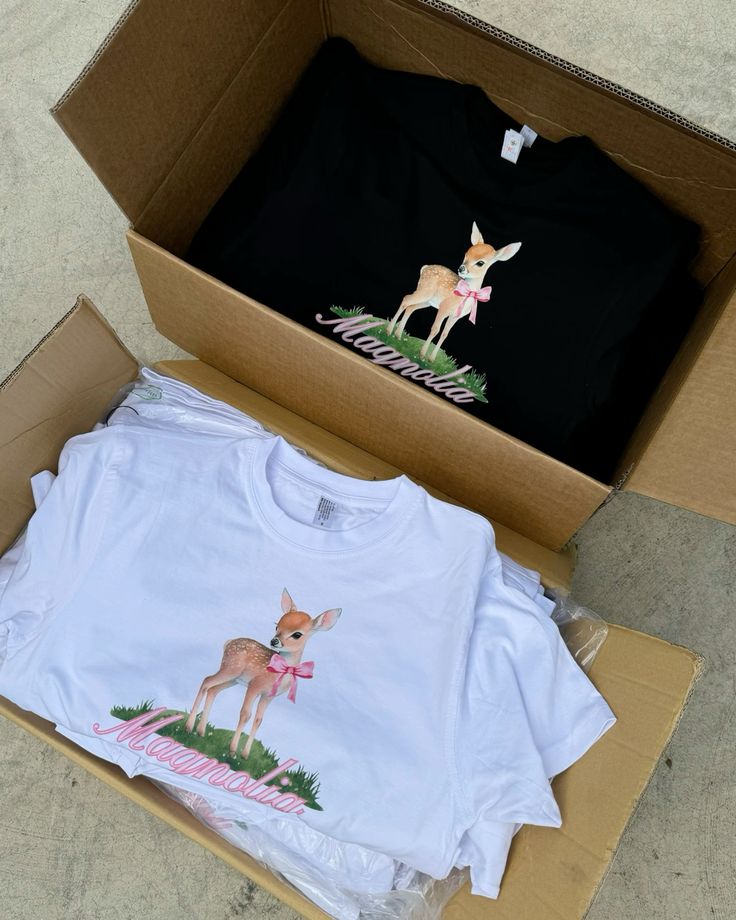
Marketing and Collaboration
Effective marketing and strategic collaborations are essential for promoting your merch and reaching your target audience. By leveraging social platforms and engaging with other brands or creators, you can significantly enhance visibility and drive sales.
Leveraging Social Platforms
Use platforms like Instagram, TikTok, and YouTube to showcase your merch. Create visually appealing content that resonates with your audience. Develop a media library with high-quality images and videos that highlight your products, like bags, and their unique features.
Consider influencer partnerships to reach broader demographics. Collaborate with influencers whose followers align with your target audience. They can authentically promote your merch, increasing brand awareness and credibility. Organize giveaways or contests to create buzz and encourage shares, multiplying your reach.
Engaging in Collaborations
Collaborations can expand your brand’s reach and introduce your merch to new audiences. Partner with other creators or businesses that share your vision. This synergy can result in unique, co-branded products that attract attention.
Consider collaborating on limited edition items, which can generate excitement and urgency. Joint marketing efforts, like cross-promotional posts, can amplify your messages. Use email marketing to announce collaborations and highlight how these partnerships enhance your offerings, driving interest and sales.
- 224shares
- Facebook0
- Pinterest224
- Twitter0
- Reddit0

